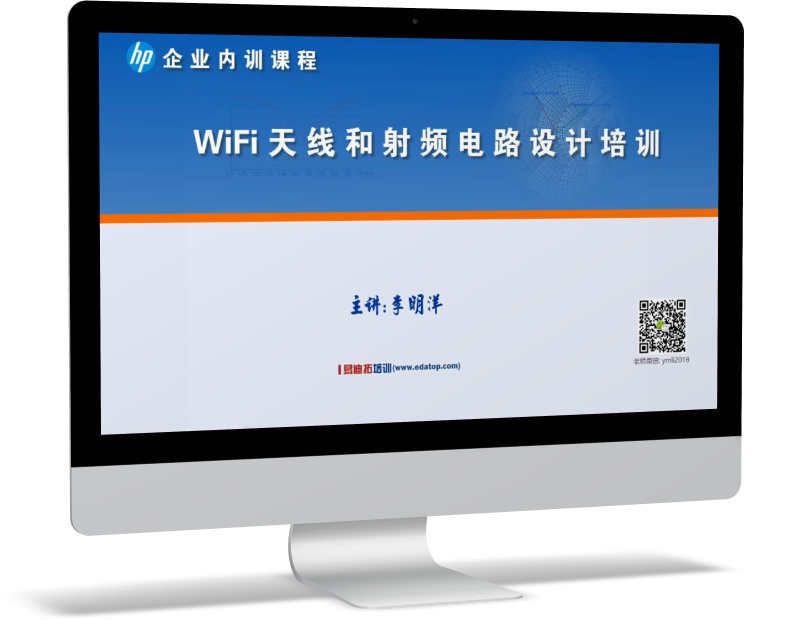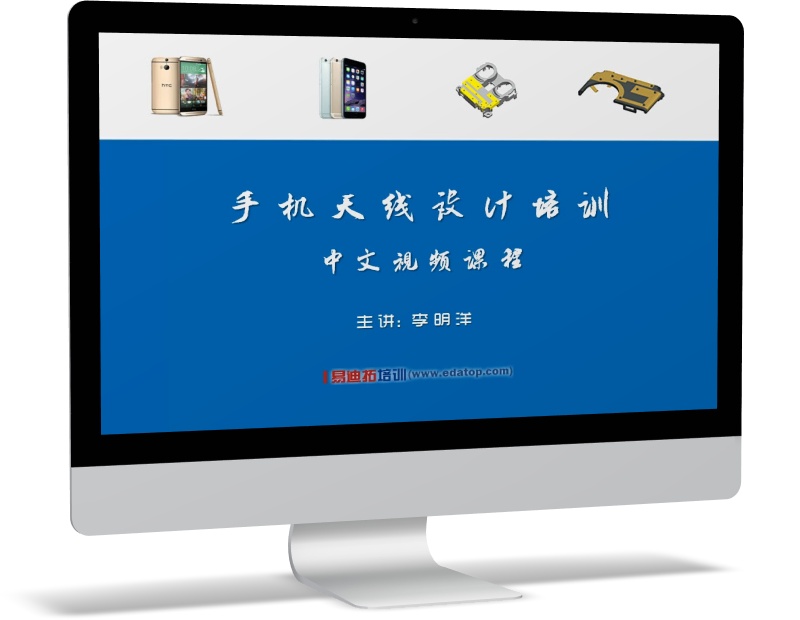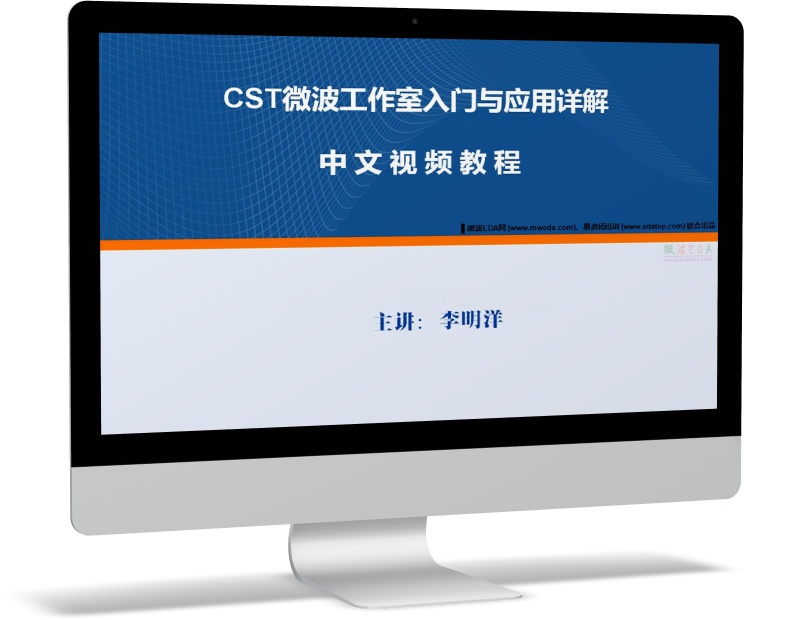【電磁技術(shù)在線】【元件篇】- 3. 高精模型
講師:Vratislav Sokol
00:00 SMD簡介
01:00 SMD仿真方法總結(jié)
03:30 SMD電阻案例
11:30 SMD電感電容案例
19:30 SMD低通濾波器案例
23:40 互感效應(yīng)
29:40 混合模型流程
(校準(zhǔn)包->介質(zhì)參數(shù)提取->三維建模->RLC調(diào)整->仿測比較)
After we measure each of the individual component in a given configuration, we can derive its so called “hybrid model”. In contrast to the previous touchstone approach, we include in the 3D model also the body of the SMD. On the other hand the internal structure (e.g. the coil winding or interdigital fingers of capacitor) are not considered in 3D but they are modeled at circuit level via the discrete port interface. The advantage of this hybrid approach is that majority of the SMD interaction to the layout is already considered at 3D EM level and therefore the hybrid models are much robust and accurate. On the other hand the computational effort increases just slightly since the SMD body is a kind of“simple brick”.
The equivalent circuit of the inductor contains just a parasitic serial resistance and parallel capacitance. In order to make a representative test on the L and C component modelling we’ve selected SMD low pass filter as a test case, which is very sensitive on anydiscrepancy in the component models. In the end the filter S-parameters will becompared to the measured data in order to prove the quality of the virtual prototype.
In order to demonstrate the level of accuracy we are able to reach we show the effect of the mutual inductance of the inductors on the board. Actually if we omit the mutual inductance, the first two transmission zeros are merged into one dip, please have a look at the plot for the gray curve. However as soon as the mutual inductance is added at the circuit level the two peaks appear as in the measurement. Moreover the mutual inductances can be estimated using simplified 3D physical models of the inductor. The resulting values are in the range ofpH, which is about 3 orders less that the nominal inductance of the coil.





